Hydrogen Gas Plants: Empowering High-Purity Hydrogen Production
Hydrogen is a vital element in various industries, from chemicals to metallurgy, but producing and handling it efficiently requires advanced technology. Nuberg GPD’s Hydrogen Gas Plants provide a reliable, cost-effective, and high-purity hydrogen supply, ensuring seamless integration into industrial processes.
Our Hydrogen Plants
Alkaline Water Electrolysis
The Hydrogen Generator (Water Electrolysis) is a state-of-the-art system designed to produce ultra-pure hydrogen with an impressive purity of 99.9997%. Leveraging advanced water electrolysis technology, this generator provides a reliable and sustainable solution for industries such as laboratories, renewable energy, and fuel cell development. By splitting water into hydrogen and oxygen, the system ensures clean and efficient hydrogen production without reliance on fossil fuels.

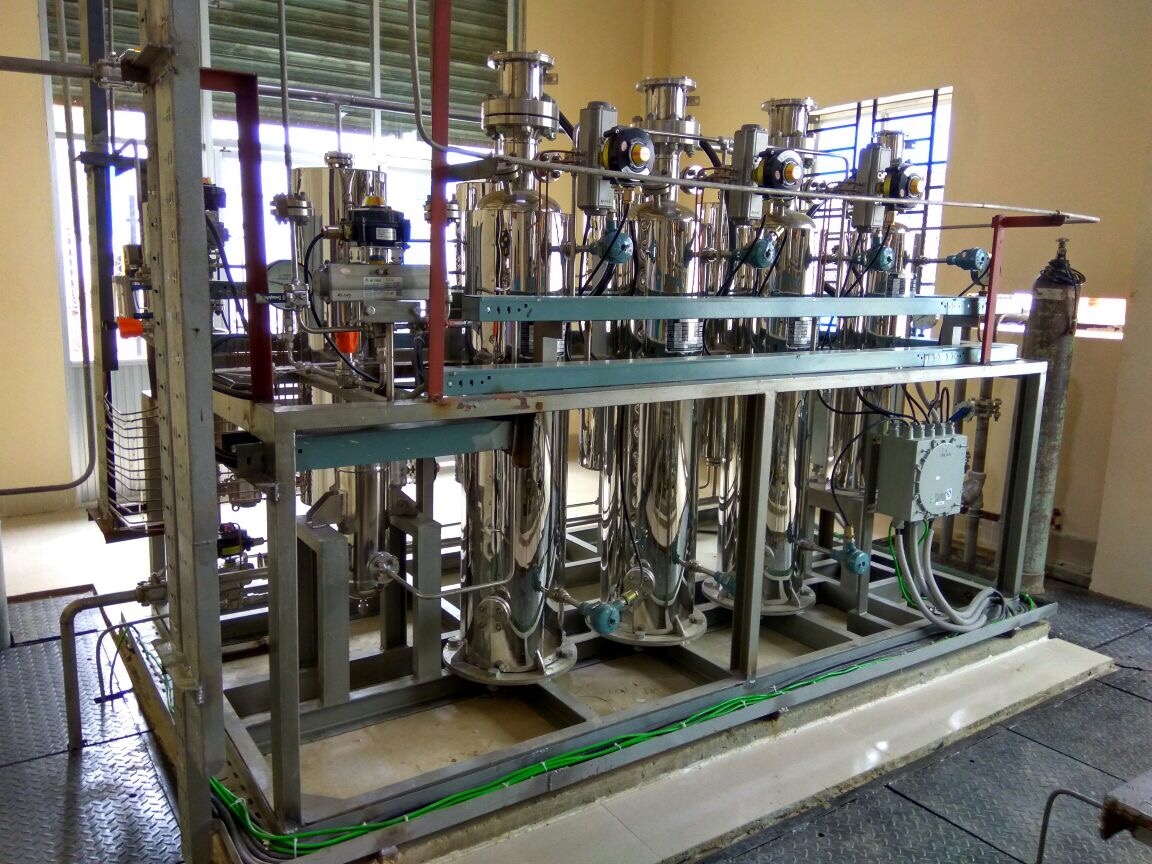
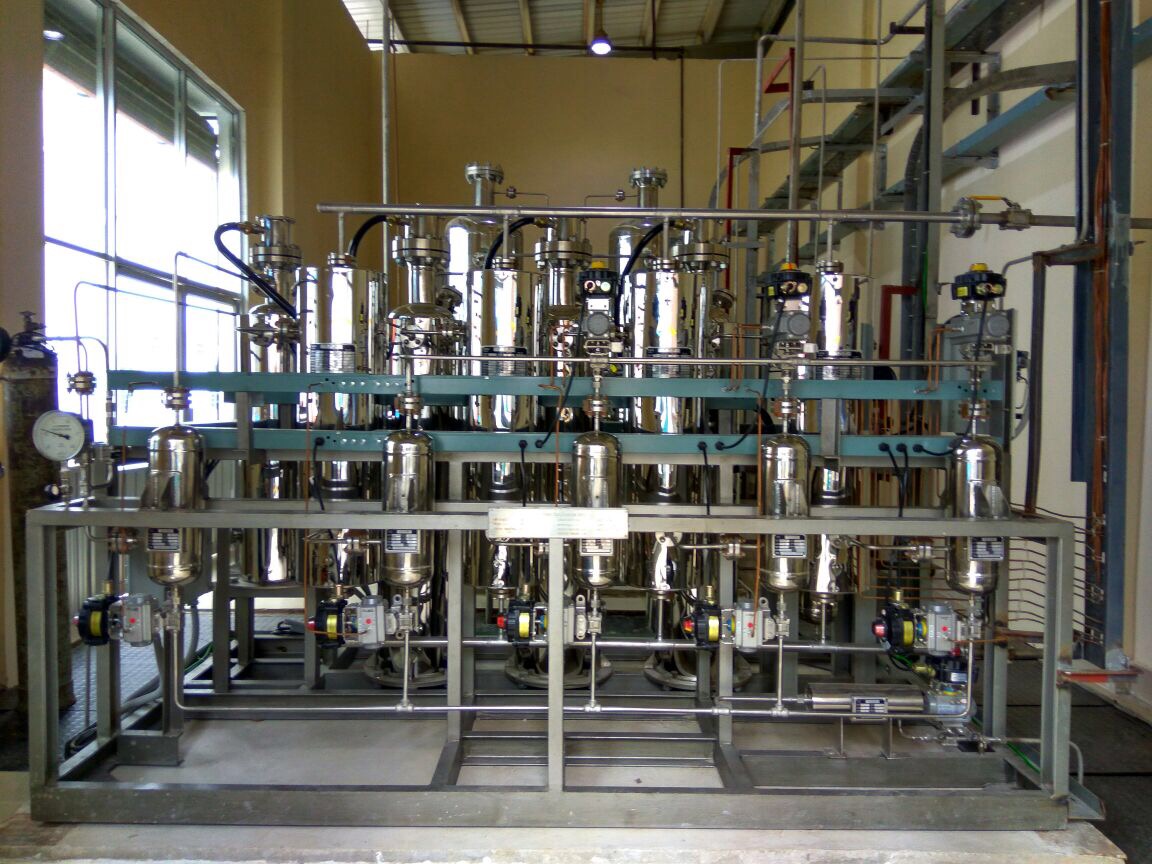
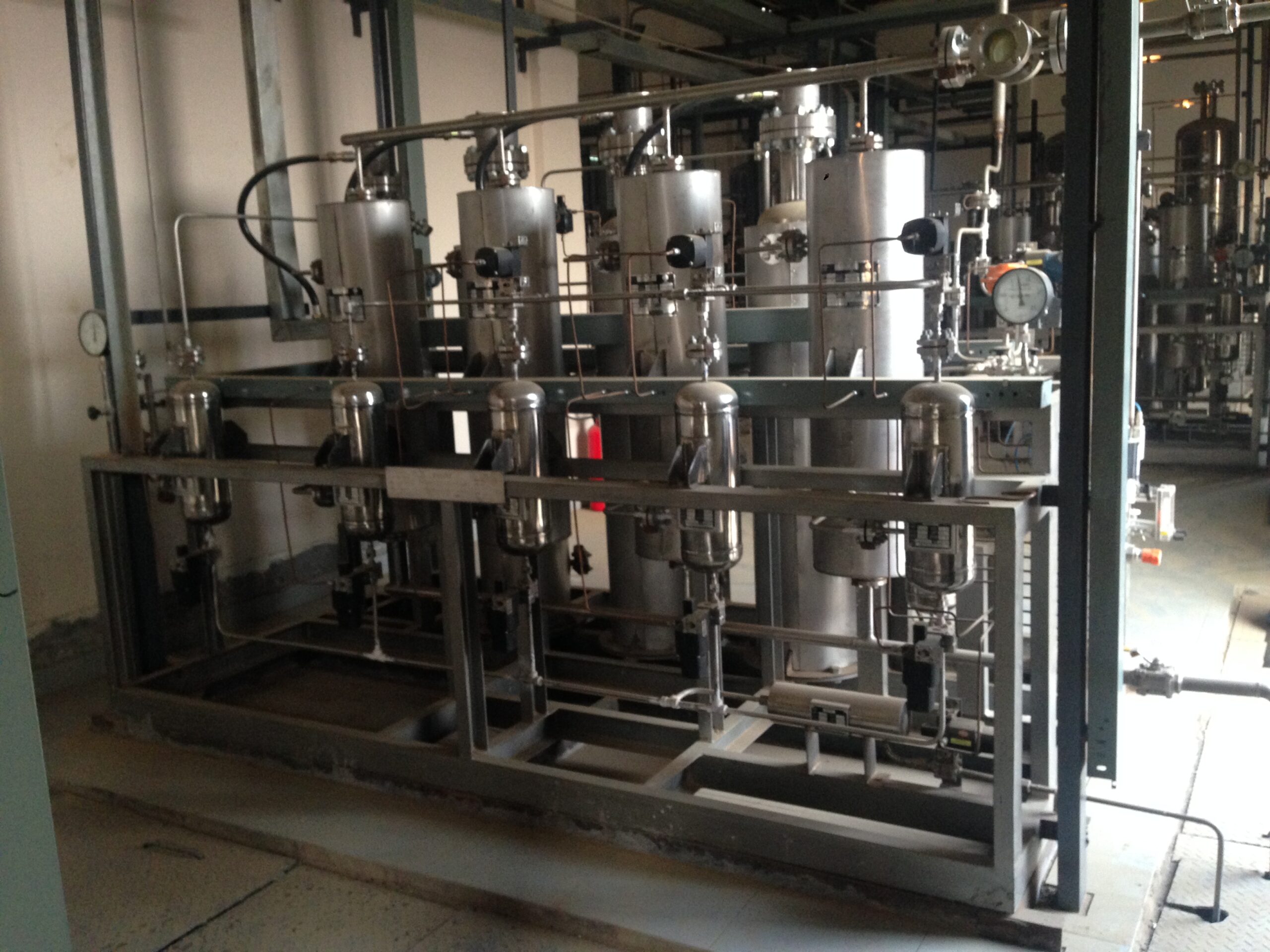
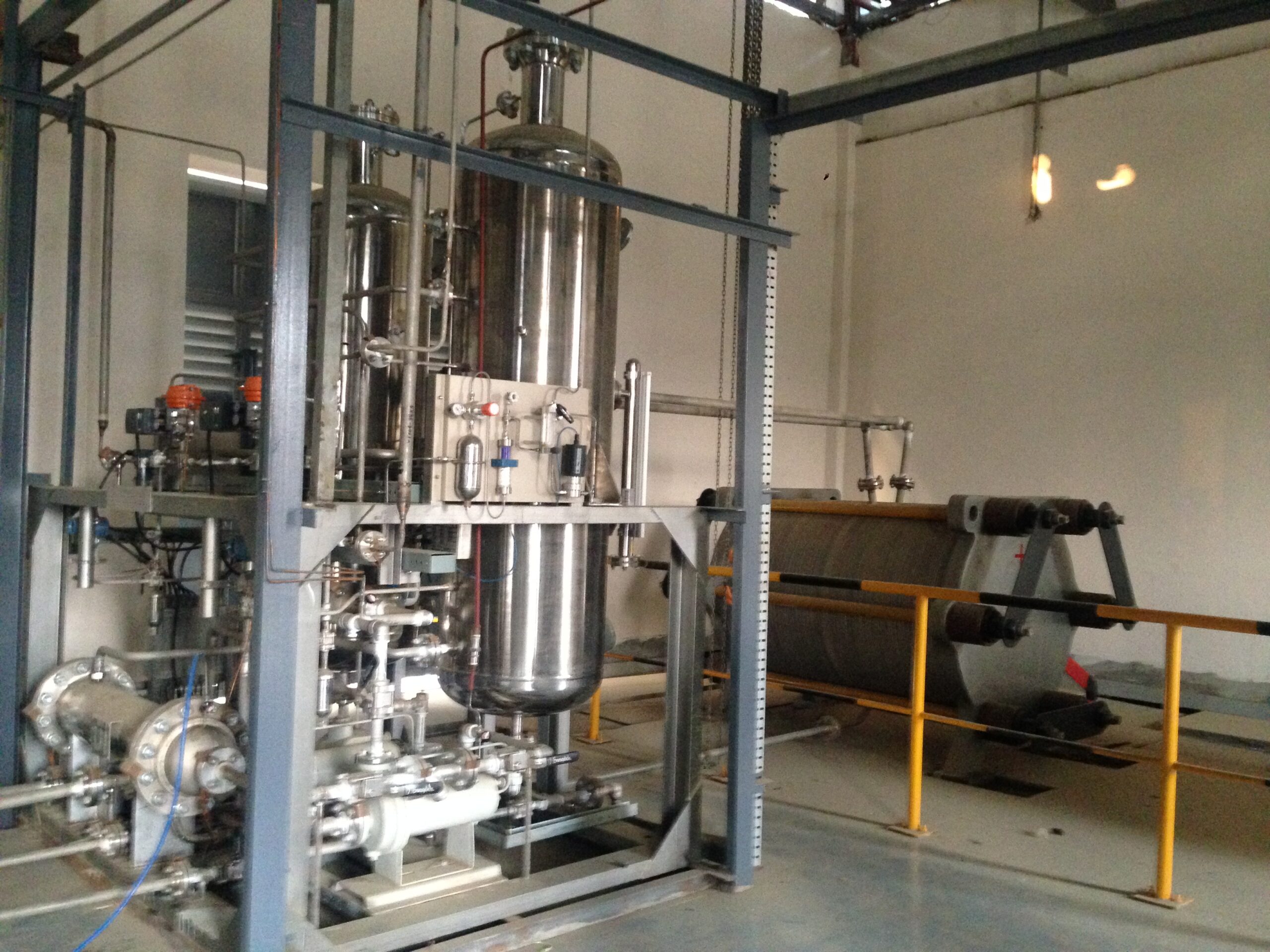
Technical Details
- Plant Capacity: 5–600 Nm³/Hr.
- Hydrogen Purity after Electrolysis: ≥ 99.8%
- Hydrogen Purity after Purification: ≥ 99.999%
- DC Power Consumption: ≤ 4.6 kWh/Nm³ of H2
- Dew Point: Better than -70°C
Ammonia Cracker
The Ammonia Cracker is a highly efficient system that produces a gas mixture of 75% hydrogen and 25% nitrogen, essential for industrial processes like annealing, brazing, and sintering, ensuring a controlled atmosphere to enhance product quality and reliability. Using advanced cracking technology with a Nickel Catalyst, the unit decomposes ammonia gas—a colourless, pungent gas widely used in refrigeration, fertilizers, and industrial cleaning—into its constituent gases, providing a consistent supply. Its robust assembly, energy efficiency, and exclusive design make it an ideal solution for industries demanding reliable, high-performance gas systems for critical operations.
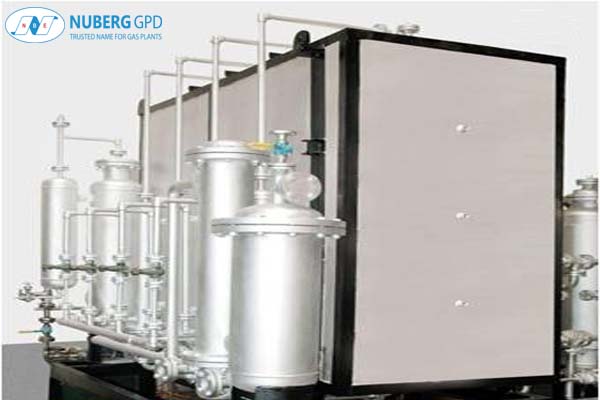 Technical Details
Technical Details
- Plant Capacity: 10–300 Nm³/Hr.
- Pressure: 2 - 10 Bar
Steam Methane Reforming (SMR) Unit
Steam Methane Reforming is by far the most important industrial process for hydrogen manufacturing. It amounts to about 80% of Hydrogen produced in the US and 40% in the world. Firstly, natural gas is preheated and desulphurized before mixing with steam. Methane reacts with the steam in the presence of a catalyst to produce hydrogen, carbon monoxide, and a small amount of carbon dioxide. Finally, in the Pressure-swing adsorption system, carbon dioxide and other impurities are removed from the gas stream, leaving essentially pure hydrogen.
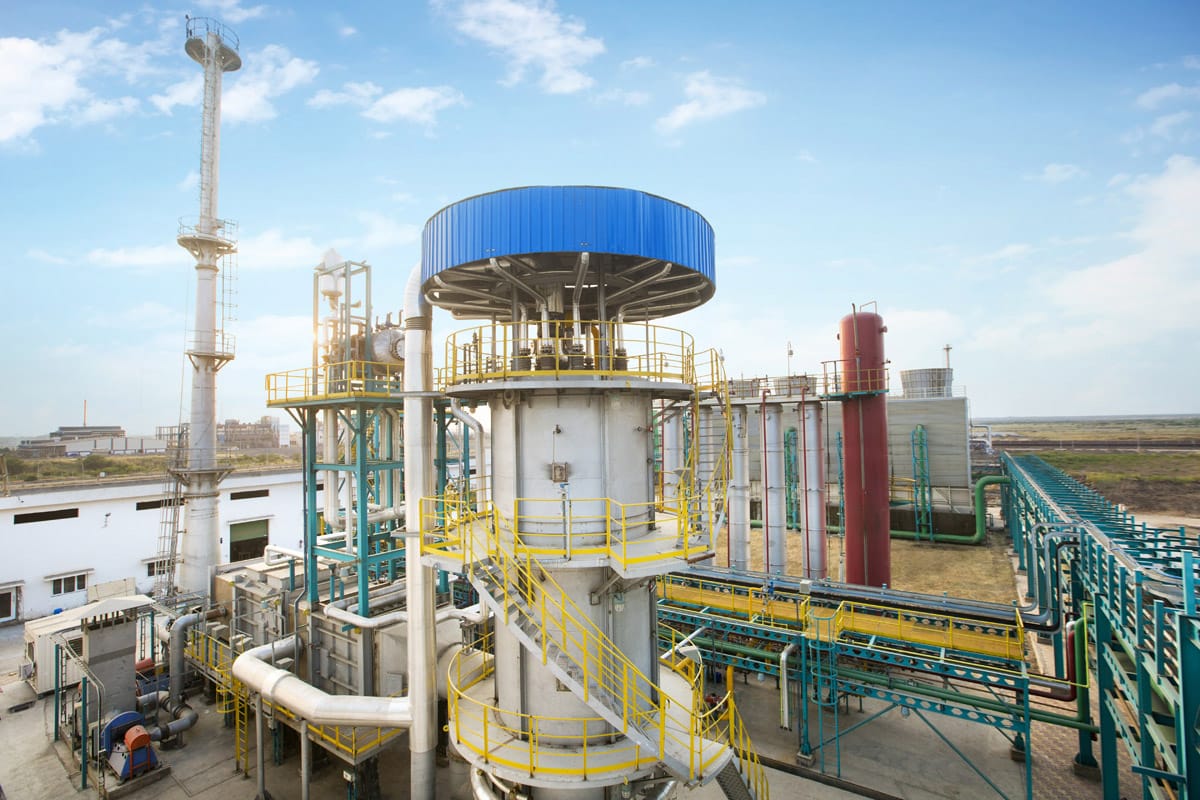
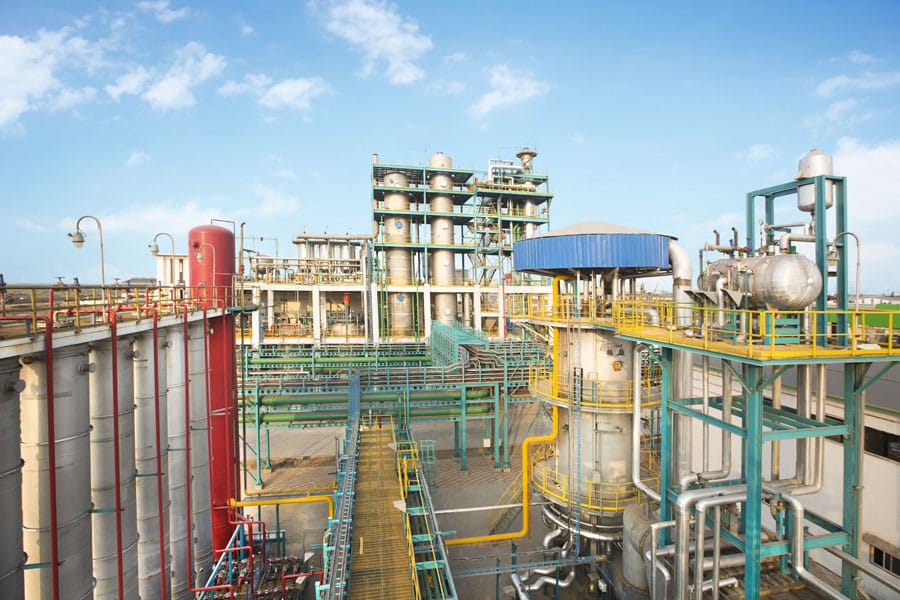
- Plant Capacity: 200–2000 Nm³/Hr.
- Purity (max): 99.999%
- Temperature: Ambient
- Dew Point: -60°C
- Pressure: 15–25 Bar
Methanol Reforming Unit
Methanol Cracking is an extremely useful technology being used to generate Hydrogen at a low cost. This is because Methanol is considered as a preferred raw material in view of its easy availability and storage features. In this process, methanol and demineralised water are mixed, preheated, evaporated, superheated. Then, the mixed superheated gasses undergo a catalytic process. After that, the present Carbon monoxide shifts to form a mixture of Hydrogen, Carbon dioxide, and other residues. Lastly, the mixture of gasses is transferred to the PSA section to obtain pure Hydrogen.


Technical Details
- Plant Capacity: 100–800 Nm³/hr
- Purity (max): 99.9995%
- Temperature: Ambient
- Dew Point: -60°C
- Pressure: 15–25 Bar
Our Hydrogen Gas Purifier and Recovery System
Ensure ultra-pure hydrogen for critical industrial and laboratory applications with our state-of-the-art hydrogen purification systems. Powered by advanced Pressure Swing Adsorption (PSA) technology, these systems effectively remove impurities to extremely low levels, delivering hydrogen gas of the highest quality to meet stringent operational standards with unmatched reliability and efficiency.
Ideal for industries such as steel and metal processing, pharmaceuticals, chemicals, food processing, and oil and gas, these hydrogen purification systems guarantee reliability, safety, and efficiency. Designed for easy integration, they support processes requiring precision and purity, such as chemical synthesis, food-grade hydrogen production, and hydrocarbon refining. With robust construction and cutting-edge PSA technology, they ensure consistent performance and long-term operational success.
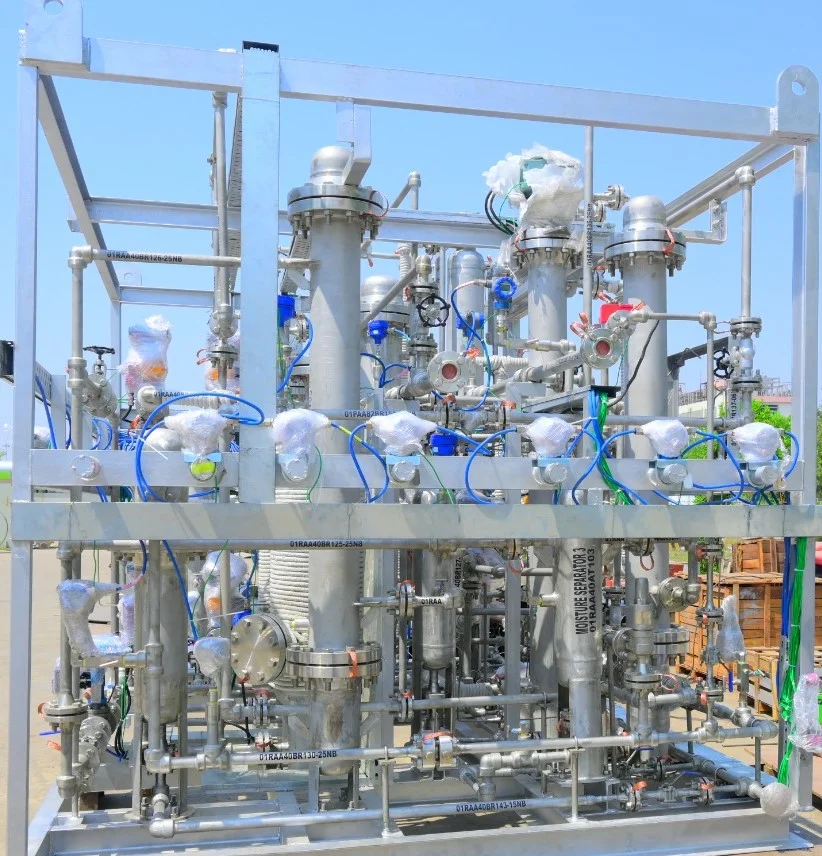 Technical Details
Technical Details
- Plant Capacity: 1–500 Nm³/Hr
- Hydrogen: 99.5%
- Nitrogen: Upto 0.5%
- Oxygen: Nil
- Dew Point: (-) 70°C
- Pressure: 3.5 to 25 Bar
Key Features and Benefits
Enhanced Equipment Longevity
Prevents moisture-related damage, reducing maintenance costs.
Energy Efficiency
Advanced designs optimise air drying while minimising power consumption.
Customised Solutions
Wide range of air dryers to meet diverse industry needs.
Consistent Dew Point Control
Ensures stable and precise moisture removal for critical applications.
Low Maintenance & High Reliability
Engineered for long-term efficiency with minimal upkeep.
Industries we serve
Chemical
Fertiliser
Semiconductor
Glass Manufacturing
Power Generation
Case Studies
Our track record speaks for itself – with over 4,000 successful installations spanning 35 countries, our clients benefit from enhanced process reliability and measurable cost reductions.
Oil Refinery Efficiency
A global oil refining company needed a cost-effective and uninterrupted hydrogen supply to keep its hydro-processing units running smoothly without relying on external vendors.
Nuberg GPD installed a high-capacity PSA Hydrogen Generator with integrated automation, ensuring continuous hydrogen production and stable refinery operations.
Key Outcomes
- Improved overall refinery efficiency and process reliability.
- Significant cost reduction by reducing external hydrogen purchases.
- Ensured uninterrupted hydrogen supply through automated generation.
Sustainability and Compliance
Nuberg GPD’s air dryer solutions are designed with energy efficiency and sustainability at their core, reducing energy waste and ensuring compliance with global industrial air quality standards. With low purge loss and optimised drying technologies, we help industries reduce their carbon footprint while maintaining operational excellence.